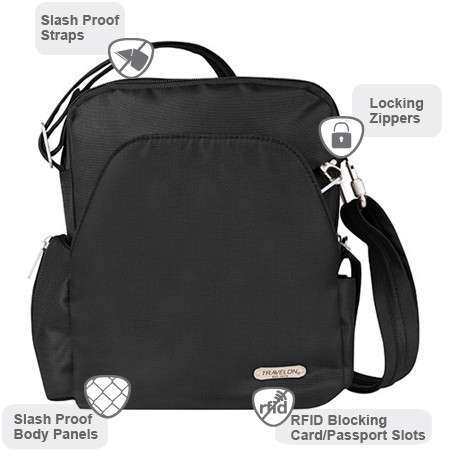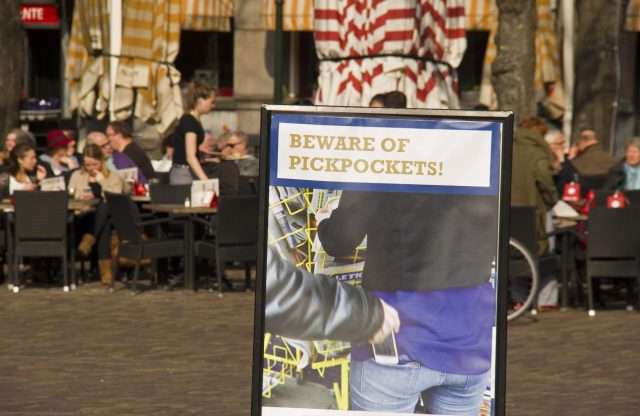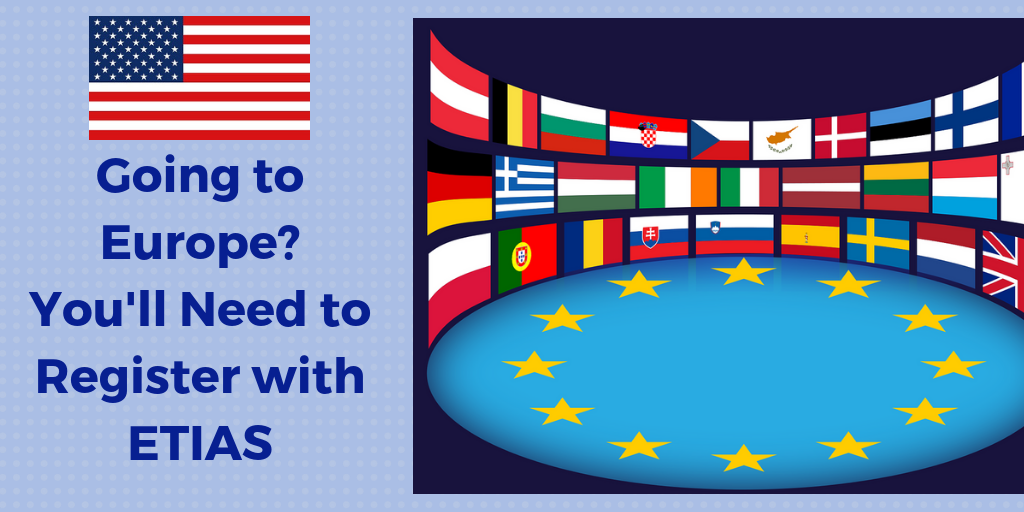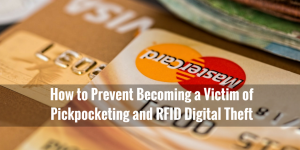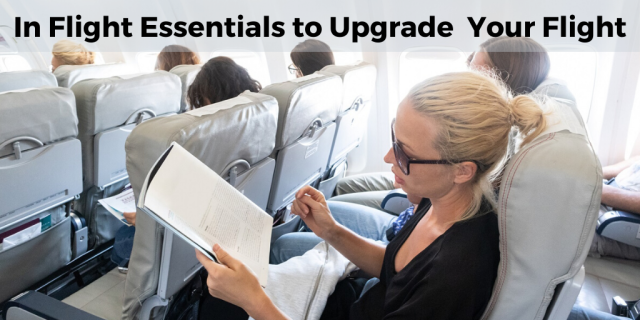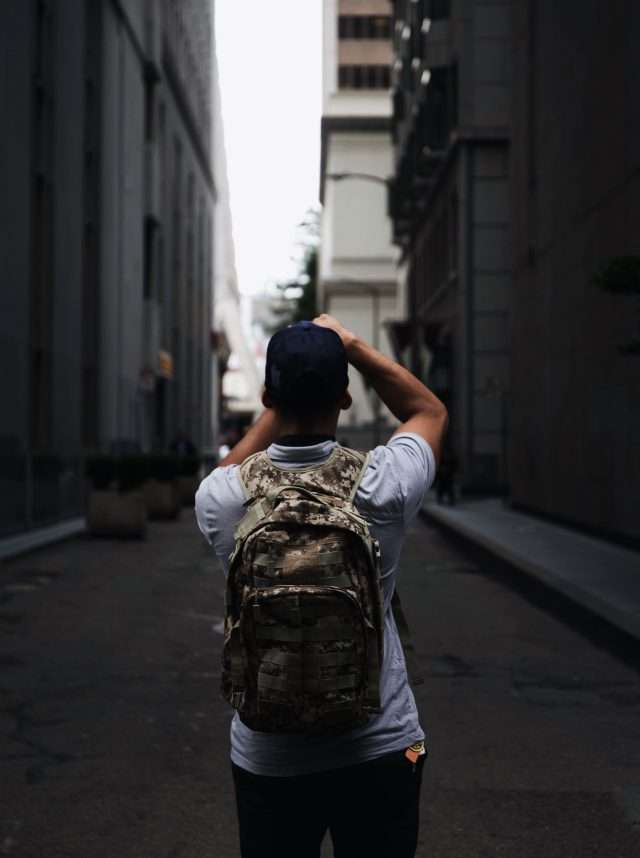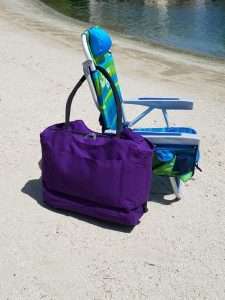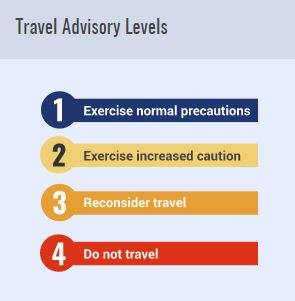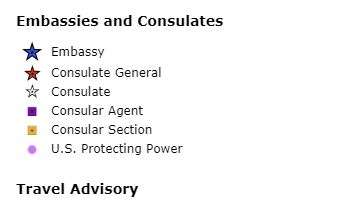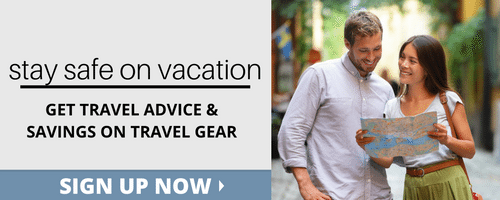If you have never fallen victim to a pickpocket, you are lucky – and to tell you the truth – if you are just a little street smart, you may never in your lifetime. However, pickpockets come in a variety of levels of expertise from the expert to the opportunist. Falling victim to either one and losing your credit cards, as well as your passport and currency or phone can really put a crimp on your vacation abroad. Even seasoned travelers can fall victim to a distraction and be pickpocketed. See how easily you can be distracted by one thief while an accomplice relieves you of your valuables.
Learn from these prevention tips provided by a victim.
5 TIPS From a Victim of a Pickpocket
Here are five tips that the victim’s wife said she and her husband from now on will always follow.
1. I’ll leave all non-essential cards and documents at home.
I will thoroughly empty out my wallet before I leave home, but I could have done a better job. There was no reason for me to carry my driver’s license abroad, for example, and now I’m still waiting on a replacement! (Ahem, New York State DMV.) Hint keep images of ID on your password-protected phone.
2. I won’t withdraw large sums of cash at once from an ATM.
I’ve always withdrawn wads of foreign currency at a time under the theory that I was keeping ATM fees to a minimum. I found out it’s not worth the risk; next time, I’ll pay the five dollars!
3. I’ll divide my cash and credit cards into at least two stashes.
I generally try to be good about carrying half of my funds in a money belt and half in a wallet or secure pocket, but from now on, I will always do that.
If half gets stolen, at least I’ll have backup cards.
4. I’ll remember that I brought that zippered purse or travel bag for a reason and will always engage the zippers, and lock them down with the anti-theft clasp.
These are our favorite anti-theft handbags that have built-in pickpocket prevention features.
5. I will use an anti-theft travel bag to hold all valuables including my phone, and never use my back pocket ever to hold anything I don’t want to lose.
6. ( Bonus tip) I will travel with the phone numbers of my credit-card companies( hint keep them in your phone contacts).
As I was scrambling to find the numbers on the Internet, I couldn’t help thinking that having them on hand would have saved a lot of time during post-pickpocket cleanup.
Bonus Story
The following video is of a woman who was targeted by a pickpocket while she was riding on the Paris Metro and had her wallet stolen from her purse. Pay close attention to the portion of the video where the woman talks about her purse.
Be proactive before you travel and plan how you will protect your valuables in public places. One of the best ways you can thwart the actions of a pickpocket is to use a security purse or travel bag that has built-in anti-theft features. Have peace of mind and enjoy the sights knowing your gear is secure with an anti-theft bag.



